Sea Star
Por um escritor misterioso
Last updated 05 abril 2025

You probably know sea stars as starfish, the name sea stars are commonly known by. But sea stars aren’t really fish. Sea stars, like sea urchins and sand dollars, do not have backbones, which makes them part of a group called invertebrates. Fish have backbones, which makes them vertebrates. Got it? Most sea stars sport spiny skin and five arms, although some can grow as many as 50 arms. The arms are covered with pincerlike organs and suckers that allow the animal to slowly creep along the ocean floor. Light-sensitive eyespots on the tips of the arms help the sea star find food. Favorites on the menu include mollusks such as clams, oysters, and snails. The sea star eats by attaching to prey and extending its stomach out through its mouth. Enzymes from the sea star’s stomach digest the prey. The digested material enters the sea star’s stomach. Tiny organisms can be swallowed whole. Sea stars occupy every type of habitat, including tidal pools, rocky shores, sea grass, kelp beds, and coral reefs. Some sea stars even live in sands as deep as 20,530 feet (9,000 meters). Sea stars aren’t social creatures, but they will congregate in large groups during certain times of the year to feed.
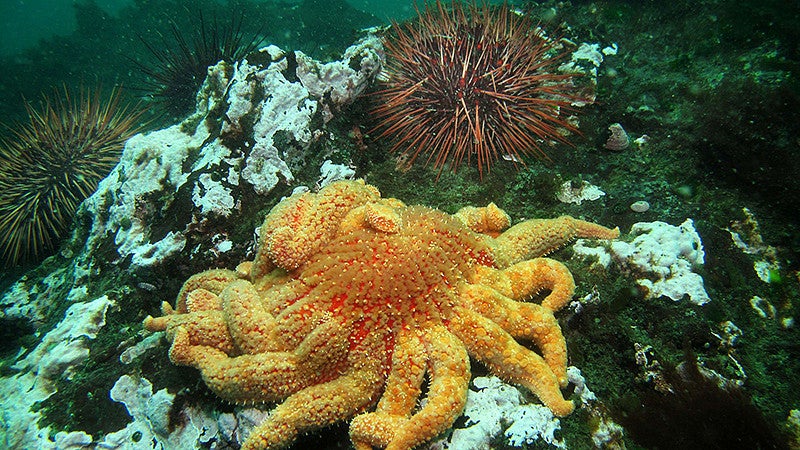
Study: Sunflower sea stars could help bring back kelp forests
:max_bytes(150000):strip_icc()/galapagos--closeup-of-seastar-on-colorful-sand--177721012-571e5a5d3df78c56405914a8.jpg)
12 Surprising Facts About Starfish

Wild Side: Ochre sea star, Coastal Life

Sea star listed as critically endangered following research by

Sunflower Sea Stars Are Set to Get Protection Under the Endangered
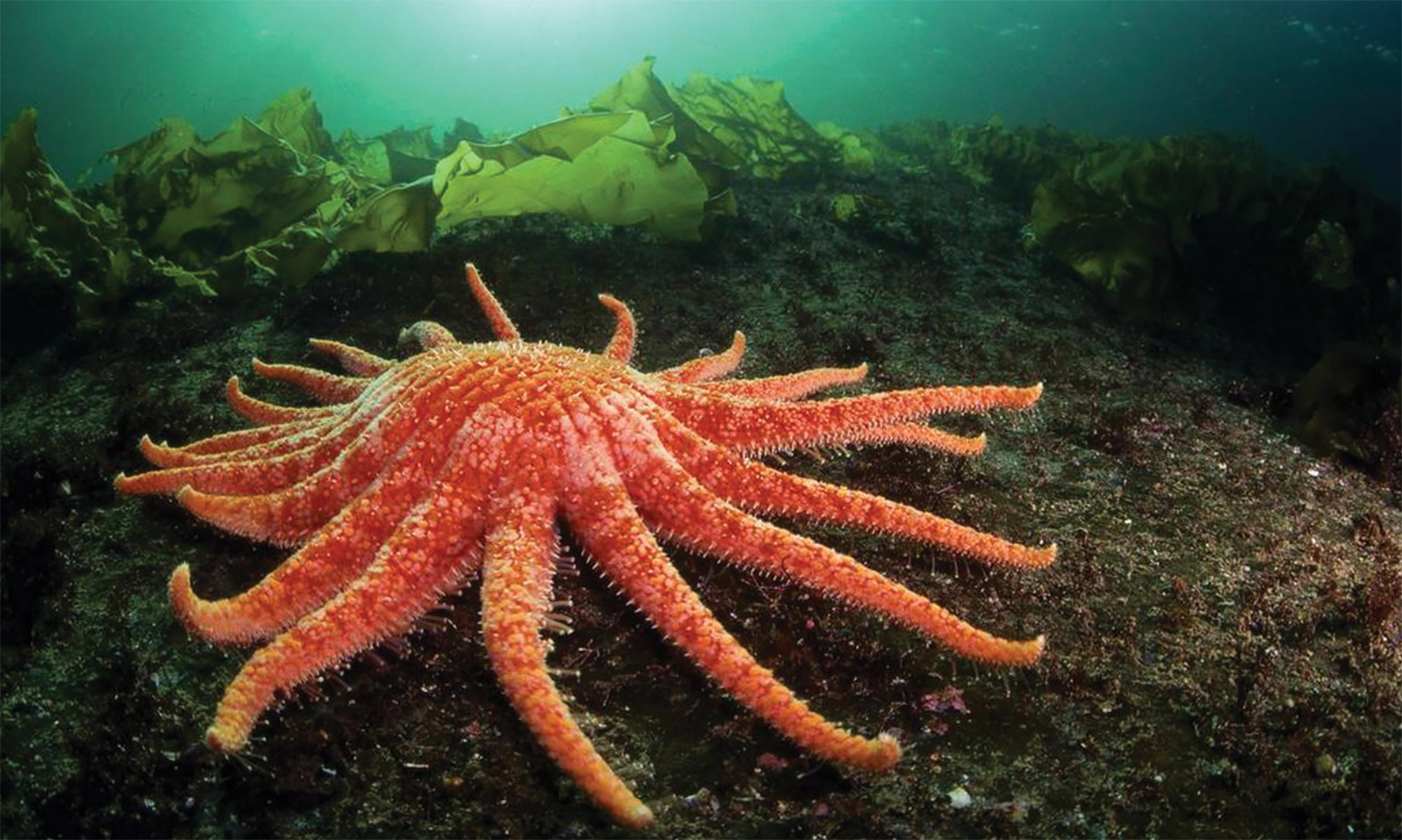
At Friday Harbor Labs, scientists give sea stars a chance to shine

Sea Star
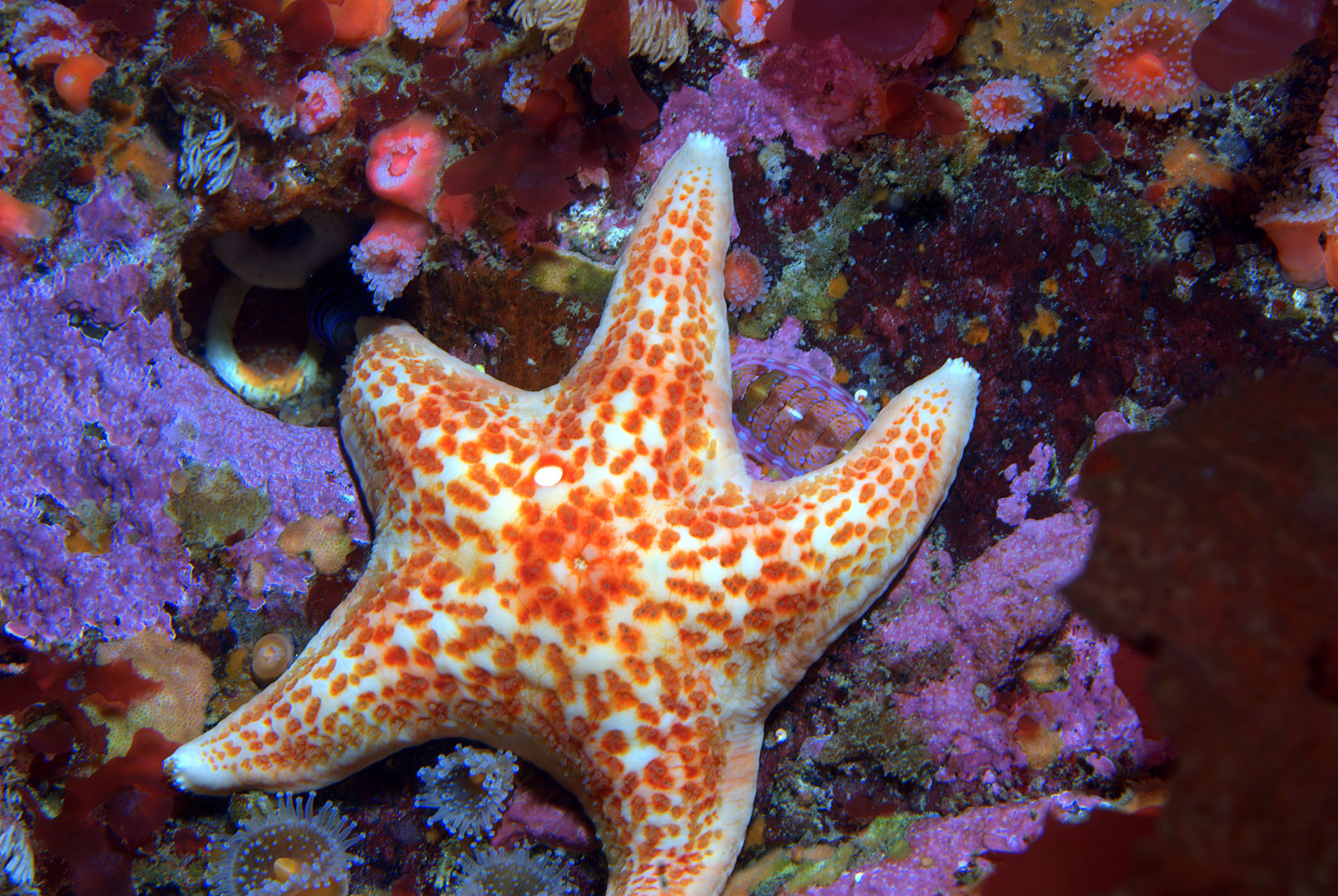
National Marine Sanctuary Foundation

Starfish do not have arms, but a five-pointed head, study says
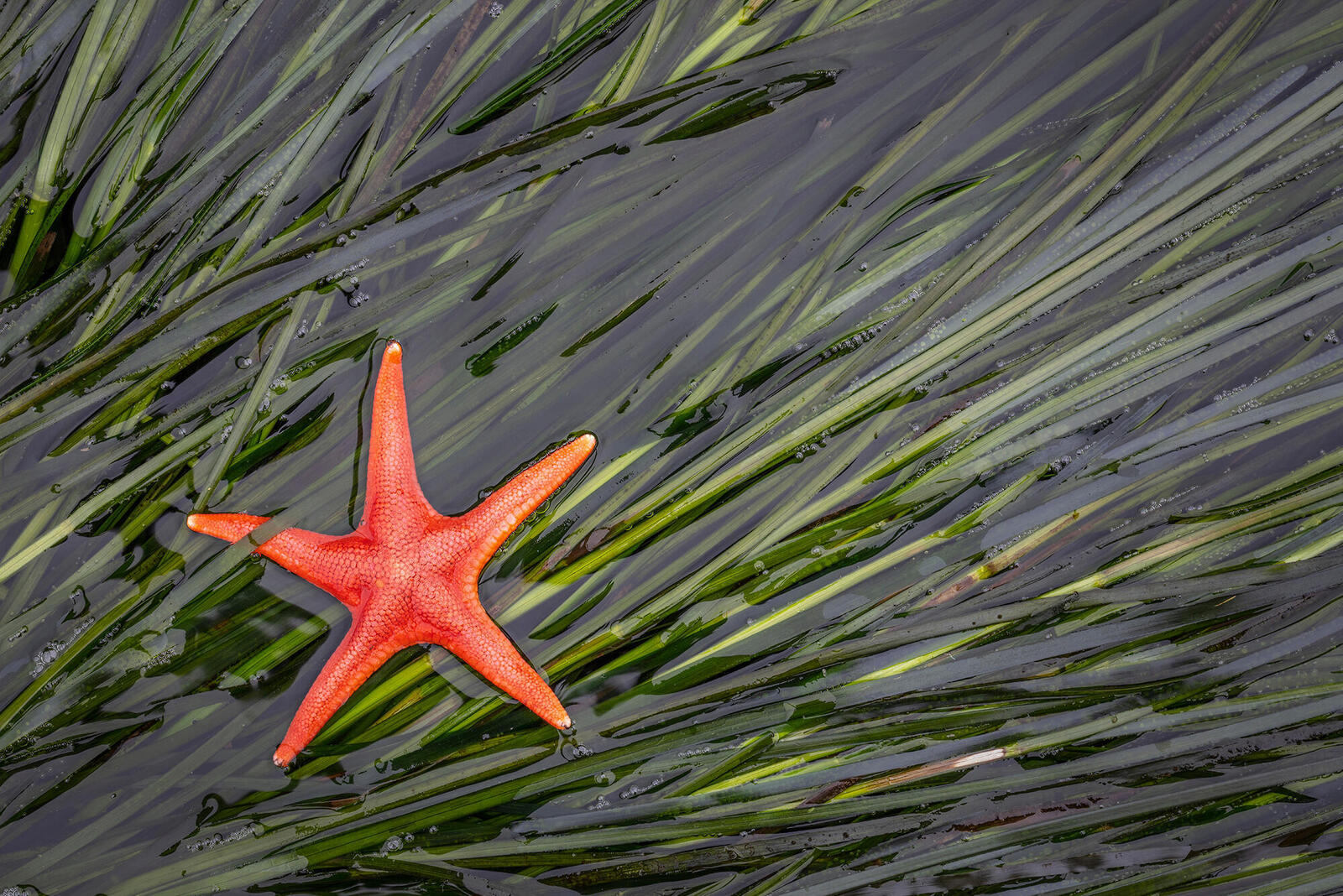
How ocean warming is impacting sea stars, Magazine Articles
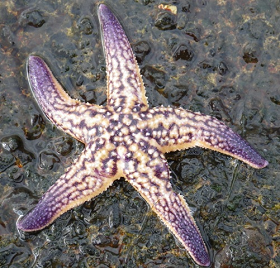
Northern Pacific Sea Star » Marine Biosecurity Porthole

Scientists are breeding sea stars to fight climate change
Recomendado para você
-
 Sea of Stars on Steam05 abril 2025
Sea of Stars on Steam05 abril 2025 -
 Sea of Stars - Sabotage Studio05 abril 2025
Sea of Stars - Sabotage Studio05 abril 2025 -
 Cryptwalker, Sea of Stars Wiki05 abril 2025
Cryptwalker, Sea of Stars Wiki05 abril 2025 -
 To Sleep in a Sea of Stars - Wikipedia05 abril 2025
To Sleep in a Sea of Stars - Wikipedia05 abril 2025 -
 Starfish - Wikipedia05 abril 2025
Starfish - Wikipedia05 abril 2025 -
 Sunflower sea stars could heal ocean deserts05 abril 2025
Sunflower sea stars could heal ocean deserts05 abril 2025 -
 Paradise of the Sea) Souma Kanzaki05 abril 2025
Paradise of the Sea) Souma Kanzaki05 abril 2025 -
Crinoid - Wikipedia05 abril 2025
-
 Ninja-starfish - GodWiki05 abril 2025
Ninja-starfish - GodWiki05 abril 2025 -
 Armored Core 6 Wiki05 abril 2025
Armored Core 6 Wiki05 abril 2025
você pode gostar
-
 SCP Secret Containment Breach Classified Monsters, Stable Diffusion05 abril 2025
SCP Secret Containment Breach Classified Monsters, Stable Diffusion05 abril 2025 -
 Events - Robert H Jackson Center05 abril 2025
Events - Robert H Jackson Center05 abril 2025 -
 Here is Mechagodzilla from Ready Player One!05 abril 2025
Here is Mechagodzilla from Ready Player One!05 abril 2025 -
 Bowser - Wikipedia05 abril 2025
Bowser - Wikipedia05 abril 2025 -
 Bar em Londres instala iglus transparentes na varanda05 abril 2025
Bar em Londres instala iglus transparentes na varanda05 abril 2025 -
 F X N Mistletoe Kiss (Alphabet Lore AU) Sticker for Sale by Deception The Shadow Dragon05 abril 2025
F X N Mistletoe Kiss (Alphabet Lore AU) Sticker for Sale by Deception The Shadow Dragon05 abril 2025 -
 PIANO MUSICAL INFANTIL COM PEZINHO SOM ESTILO PROFISSIONAL TECLADO MUSICAL PARA CRIANÇAS - Ri Happy05 abril 2025
PIANO MUSICAL INFANTIL COM PEZINHO SOM ESTILO PROFISSIONAL TECLADO MUSICAL PARA CRIANÇAS - Ri Happy05 abril 2025 -
 SONIC fusion Silver fusion Shadow fusion Knuckles fusion Tails05 abril 2025
SONIC fusion Silver fusion Shadow fusion Knuckles fusion Tails05 abril 2025 -
 Roblox - CRIANÇA VS ADOLESCENTE (Fashion Famous)05 abril 2025
Roblox - CRIANÇA VS ADOLESCENTE (Fashion Famous)05 abril 2025 -
 Many anime are given brief, twelve to thirteen episode runs where05 abril 2025
Many anime are given brief, twelve to thirteen episode runs where05 abril 2025